order of design steps
KraB
12 years ago
Related Stories
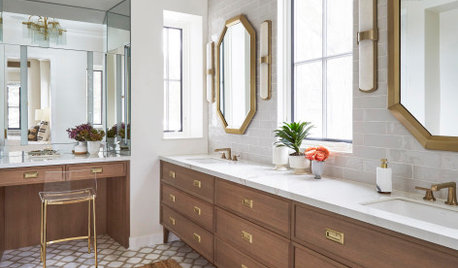
BATHROOM WORKBOOKA Step-by-Step Guide to Designing Your Bathroom Vanity
Here are six decisions to make with your pro to get the best vanity layout, look and features for your needs
Full Story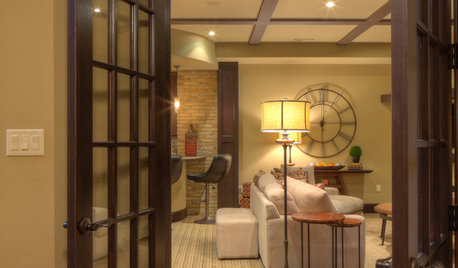
BASEMENTSBasement of the Week: Tall-Order Design for a Lower-Level Lounge
High ceilings and other custom-tailored features in this new-build Wisconsin basement put the tall homeowners in a good headspace
Full Story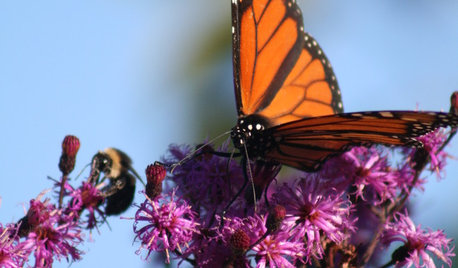
GARDENING GUIDESGreat Design Plant: Ironweed Fills Tall Garden Orders
Height, a slender form and a taste for wet soil make this native perfect for rain garden borders — and beneficial insects love it
Full Story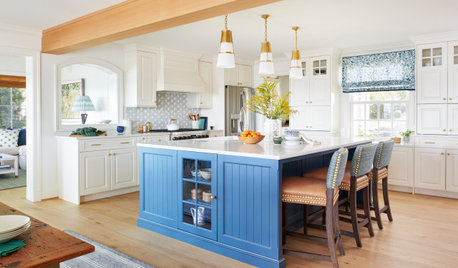
MOST POPULAROrganizing? Don’t Forget the Essential First Step
Simplify the process of getting your home in order by taking it one step at a time. Here’s how to get on the right path
Full Story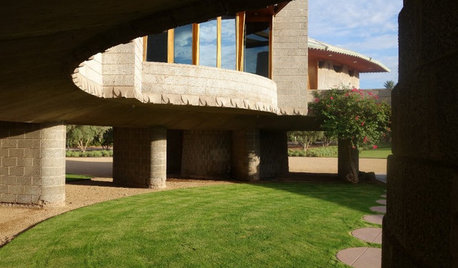
FRANK LLOYD WRIGHTStep Inside a Frank Lloyd Wright House Saved From Demolition
The historic Phoenix property is now part of the architect’s school at Taliesin, where it will be used as a design lab
Full Story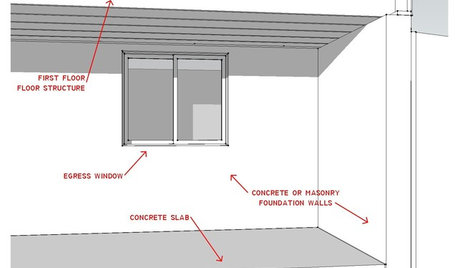
REMODELING GUIDESKnow Your House: The Steps in Finishing a Basement
Learn what it takes to finish a basement before you consider converting it into a playroom, office, guest room or gym
Full Story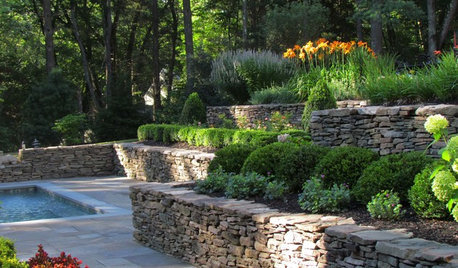
GARDENING AND LANDSCAPINGStep Up Your Garden Game With Terraced Plantings
We're going to level with you: Slopes in the landscape can be tricky. Use these ideas to create balance and harmony in your terraced beds
Full Story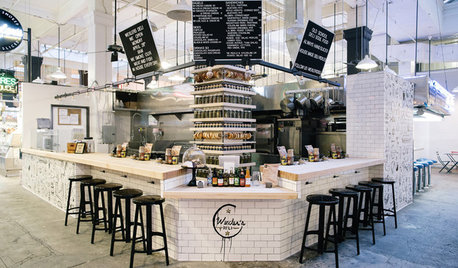
PRODUCT PICKSGuest Picks: Order Up a Deli-Style Kitchen
Give your kitchen restaurant flair with industrial touches in wood, black and white
Full Story
CONTAINER GARDENS3 Steps to Creating Quick, Easy and Colorful Succulent Containers
Take a bright container, add a colorful succulent or two and have a professional, summery design in minutes
Full Story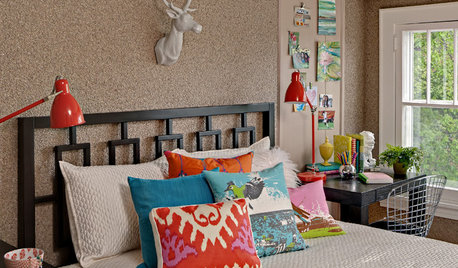
LIFE12 Steps to a Happy Teen Bedroom Makeover
Let teen design spirit shine while enjoying bonding time, with these mutually agreeable makeover ideas that don't compromise on style
Full Story







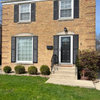

bahia
Yardvaark
Related Professionals
Deerfield Beach Landscape Contractors · Estelle Landscape Contractors · Inglewood Landscape Contractors · North Chicago Landscape Contractors · Oak Harbor Landscape Contractors · River Ridge Landscape Contractors · Soddy Daisy Landscape Contractors · West Orange Landscape Contractors · Irvington Landscape Contractors · Coronado Decks, Patios & Outdoor Enclosures · Hull Decks, Patios & Outdoor Enclosures · Huntington Decks, Patios & Outdoor Enclosures · Portage Decks, Patios & Outdoor Enclosures · Spokane Decks, Patios & Outdoor Enclosures · Winchester Center Stone, Pavers & Concretedeviant-deziner
catkim
KraBOriginal Author
Yardvaark